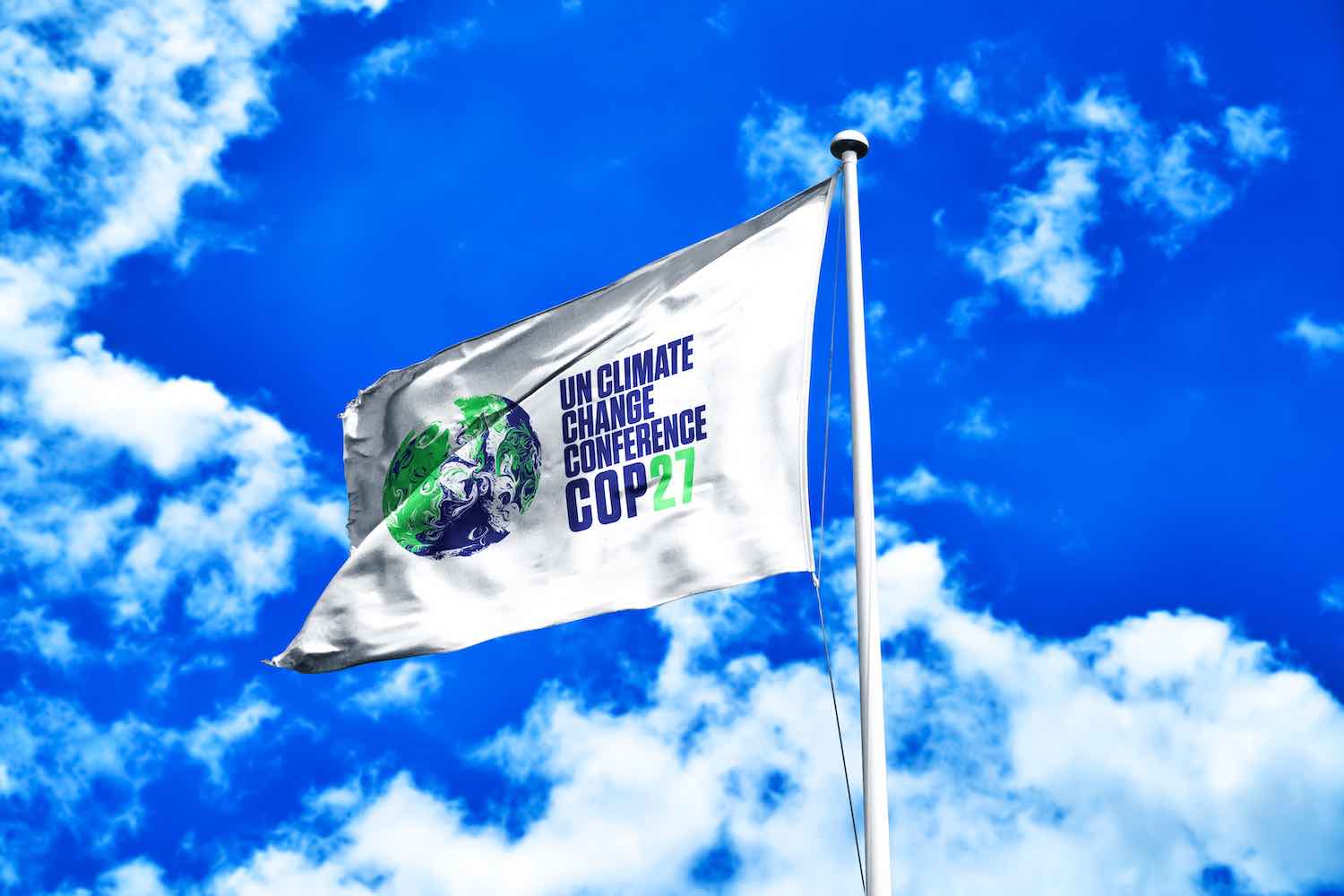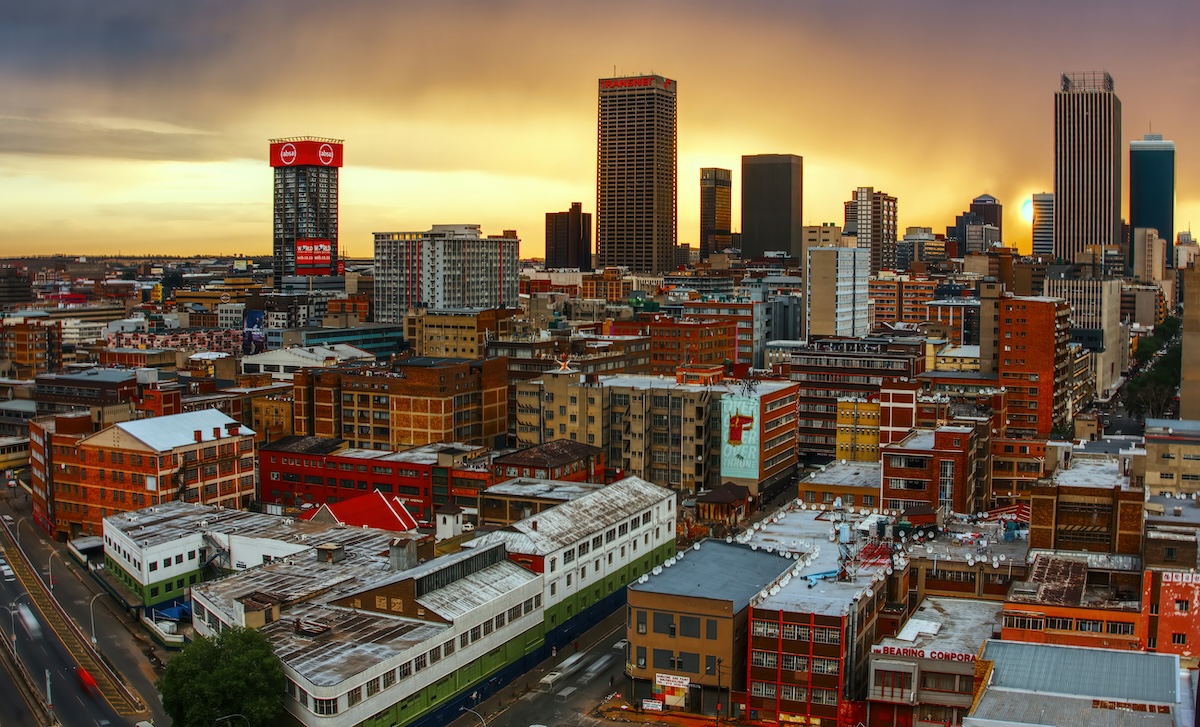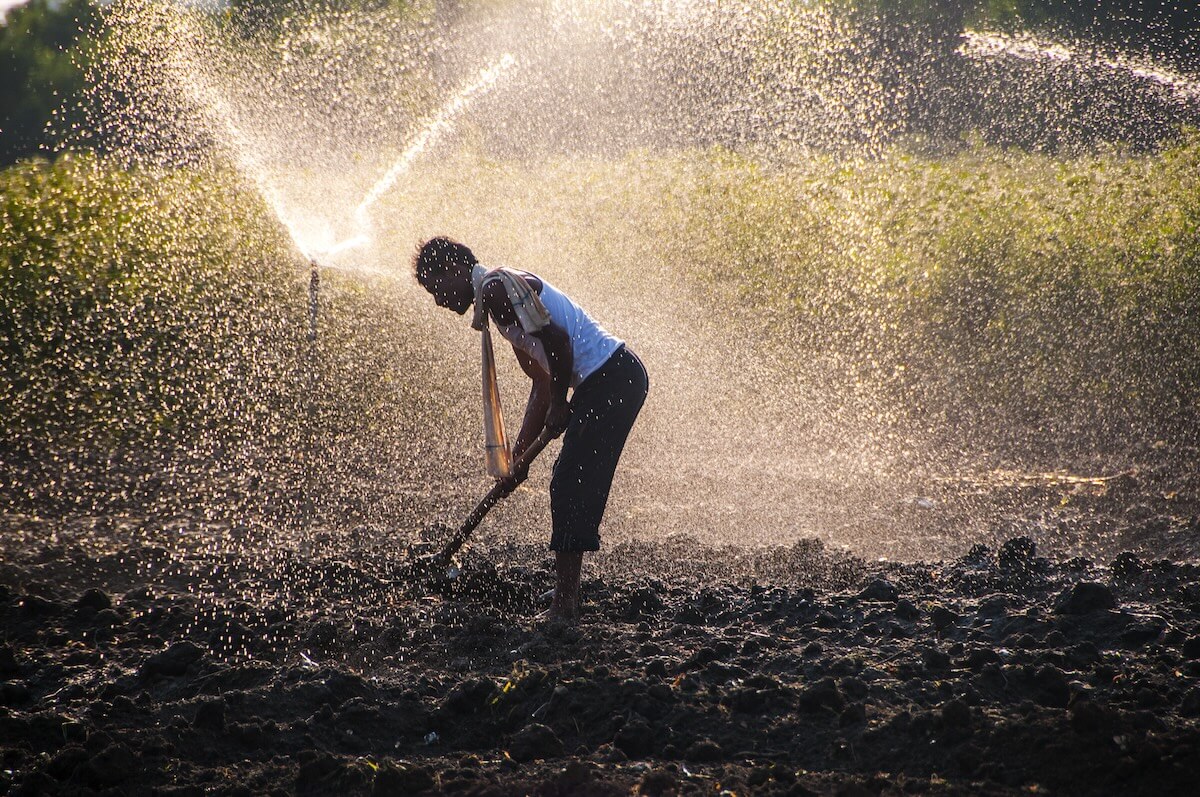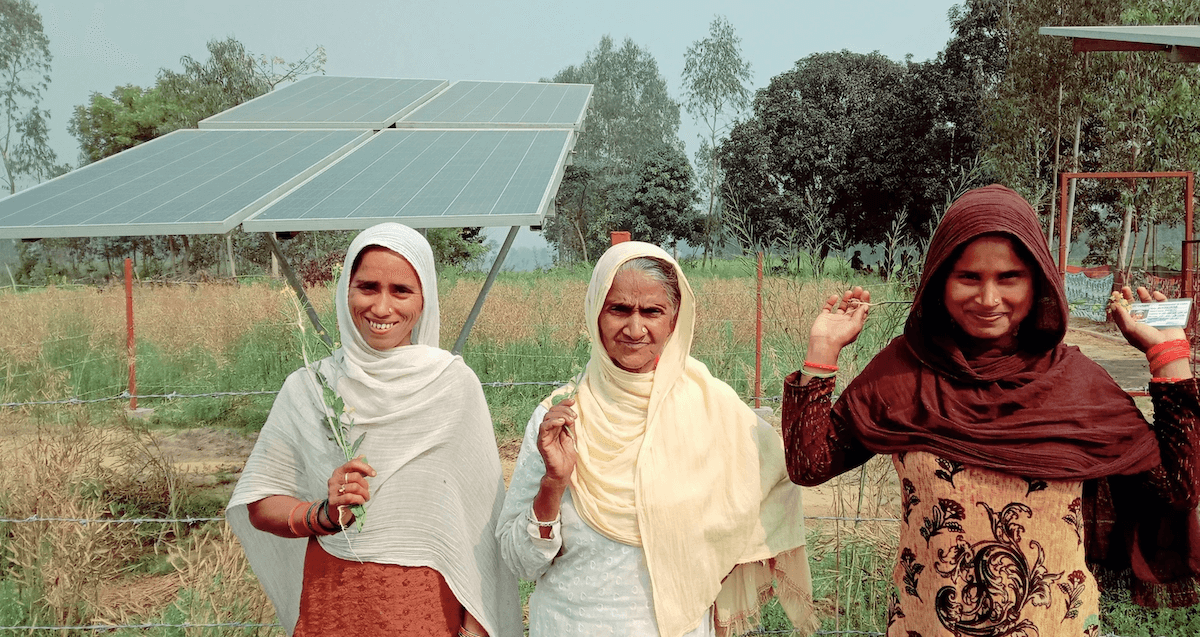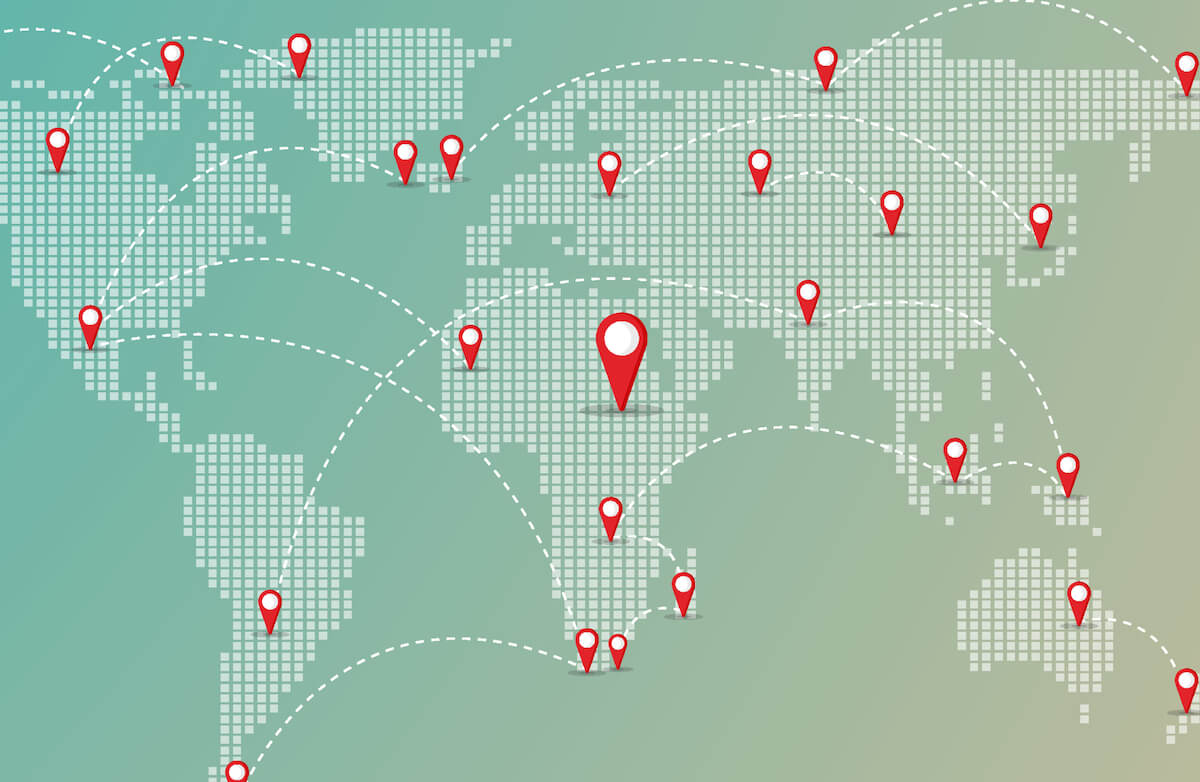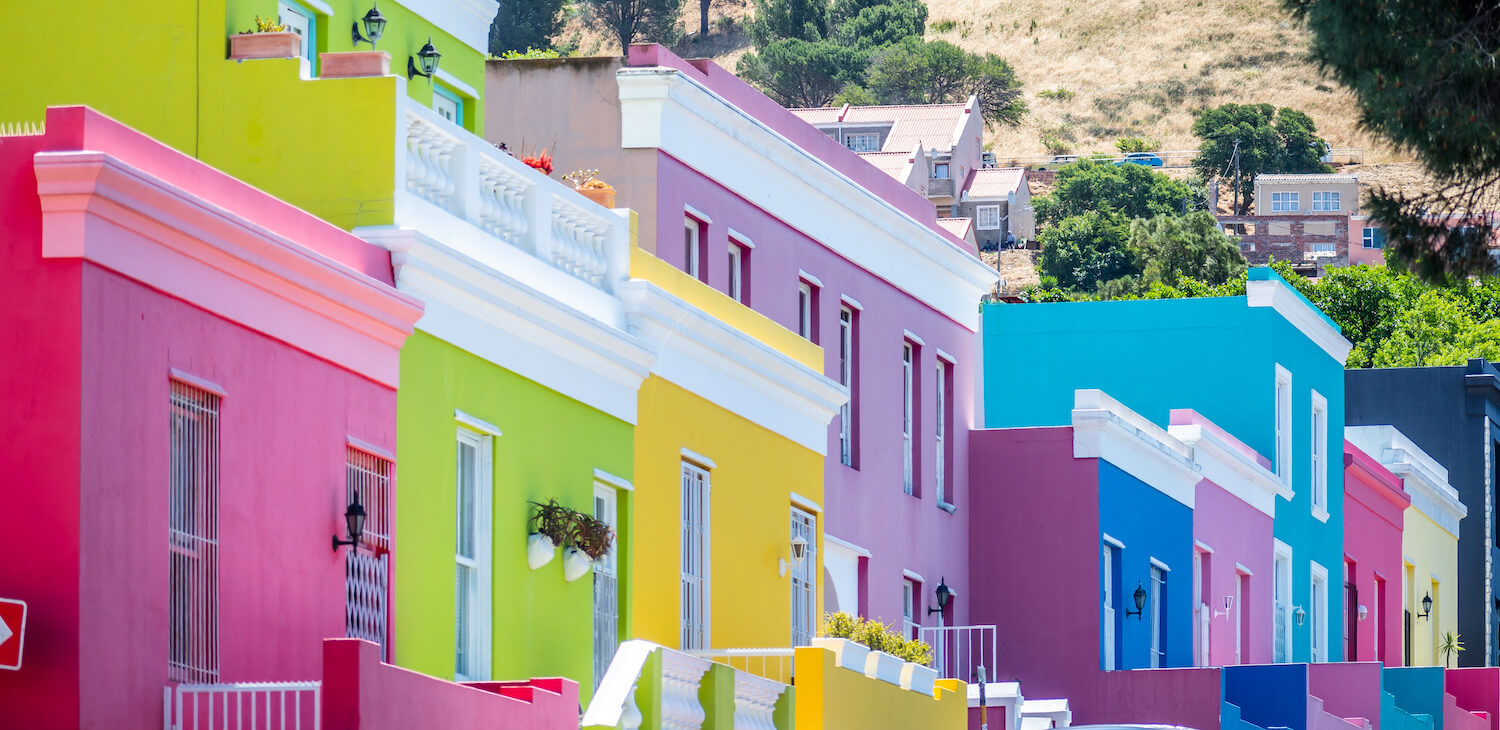ImpactAlpha, Nov. 9 – Developed nations are under pressure to provide more capital to low- and middle-income countries to help them grow sustainably and adapt to the increasingly destructive impacts of global warming.
Soaring energy costs, a war in Ukraine and domestic concerns are complicating those efforts. COP27’s “Finance Day” will focus on innovative models that can break those logjams and deliver the projected $1 trillion a year in climate finance that developing countries will need by 2030.
Among the highlights: U.S. special climate envoy John Kerry will float a plan to use voluntary carbon markets to help finance emerging markets’ transition from fossil fuels. Developing nations and states would be able to issue carbon credits for decommissioning coal plants or generating more renewable power and sell them to corporations from wealthy nations.
Contingency plan
The Biden administration has doubled climate funding to developing countries to $11.4 billion in this year’s budget, but a Republican-controlled Congress is unlikely to approve the funds. “If what I think will happen in today’s elections happens and the House is gone, you’re not going to see that money,” Kerry told Bloomberg on Tuesday as Americans headed to the polls for midterm elections.
Details of Kerry’s carbon credit plan will be worked out over the coming months. The carbon scheme is modeled on the Lowering Emissions by Accelerating Forest Finance, or LEAF, coalition that was created at last year’s COP in Glasgow, Scotland.
The coalition has mobilized $1.5 billion to pay state and national governments to preserve forests that sequester carbon.
Catalytic capital
Convergence plans to preview an action plan for scaling up climate finance for emerging and developing markets. The blended finance group and USAID have convened more than 100 public, philanthropic and private sector stakeholders over the past several months to solicit input.
Rather than looking for new money, the idea is to more strategically deploy the roughly $13 to $15 billion per year that government-backed multilateral development banks already have at their disposal. The goal: Crowd in private capital to increase total MDB-mobilized climate finance to $530 billion, from $240 billion today.

